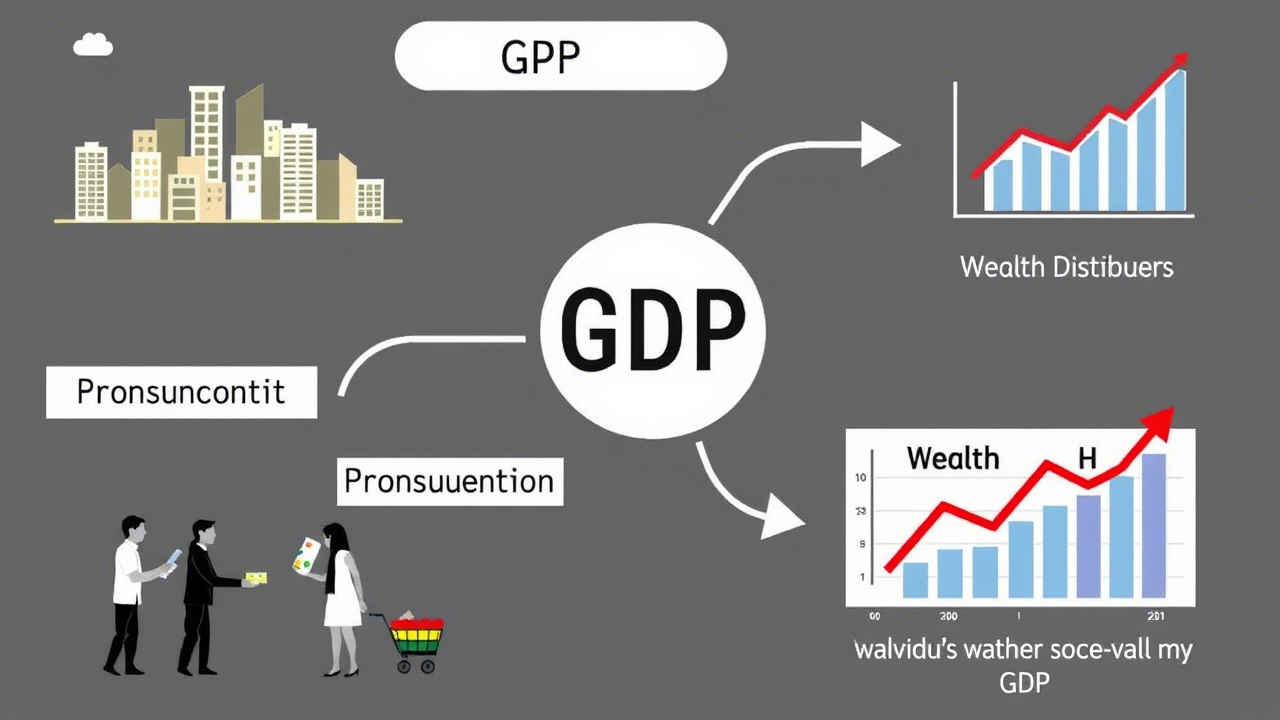
What is a Bond? Definitions and Basics
In the big financial picture, bonds are right there with money. They are means of getting cash to companies and governments. The fundamental facts are very important!
Essentially, a Bond Is a Loan Repayment
Imagine the bond as representing a loan. You, the investor, are lending money, and the borrower (like a company) is obligated to pay it back. Also, they pay you interest! It is a simple way for them to secure funds.
Important Elements of Bonds-Face Value, Coupon Rate, and Maturity Date
Face Value: The amount to be repaid at the end by the borrower. Like a principal amount loaned.
Coupon Rate: The interest rate paid on the borrowed amount. It is mainly paid every half-year.
Maturity Date: On this day, the borrower shall pay back the face value. It may be a few months or may extend to many years.
These three things work as one. They tell you how much you’re going to get. And they tell you when you’re going to get your money back.
Bond Issuers: Who Sells Bonds?
A few other variables produce the different classes of issuers.
Governments sell bonds to fund projects and settle debts. Corporations sell bonds to raise capital. Municipalities-the cities and towns-sell bonds for local purposes.
Each holds a level of risk.
Types of Bonds-Concise Overview
There are various types of bonds. It’s just as important for you to know the differences!
Government Bonds: The Safety Net?
Government bonds are regarded as just about risk-free.
Treasury Bonds, Notes, and Bills: These securities are issued by the U.S. government. They help fund everything from highways to schools.
These bonds are considered low risk. The government is very likely to make good on its promises.
Corporate Bonds: Invest in Corporations
Corporations issue corporate bonds to raise cash.
The companies use that cash for things like new machines or projects.
Investment-grade bonds: much safer.
High yield (junk) bonds: riskier but possibly more rewarding. Tread lightly.
Municipal Bonds: For Local Development
These are from the states, cities, and counties.
They fund local things such as schools and hospitals.
They often carry tax benefits. This increases their appeal.
Bond Valuation and Prices: Knowing the Numbers
The price of a bond changes quite frequently. Different factors influence the price of that bond.
Interest Rate Sensitivity: Oppositional Relationship
Bond prices move in the opposite direction to interest rates.
When interest rates rise, bond prices fall.
Duration tells us how sensitive a bond is to changes in interest rates. Bonds with longer durations are more sensitive.
Credit Risk: The Possible Default of the Issuer
Credit risk refers to whether the borrower can in fact pay you back.
Credit ratings measure the chance that a borrower may default on a loan.
Rating agencies like Moody’s and S&P assign those ratings, with higher ratings indicating lower risk.
A very important factor considered by investors is Yield To Maturity (YTM).
YTM is what you’d get if you held the bond to maturity.
That calculation takes the bond price, coupon payments, and face value into account.
YTM is a great basis for comparing different bonds to each other.
Bond Markets: Where Do Bonds Trade?
Bond markets are the structures where bonds are traded. This is how they change hands.
Primary Market: New Issues
This is where newly issued bonds are sold for the first time.
Corporate or government new issues stand together with investment banks.
The banks help sell the new bonds to investors.
Secondary Market: The Trading of Existing Bonds
Once sold, the bonds are traded in the secondary market.
You buy and sell bonds through dealers and brokers. Market price fluctuates constantly on supply-demand basis.
Factors Affecting the Bond Markets
A bunch of things can affect bond prices.
Inflation expectations can push interest rates in either direction.
Economic growth can make them attractive or unattractive.
Monetary policy with the Federal Reserve, too, is important.
Bond Investing: Strategies and Considerations
Thinking of investing in bonds?
Creating a Bond Portfolio: Diversification and Asset Allocation
Do not put all your eggs in one basket!
Diversify your bond holdings; for example, buy bonds from different issuers.
Match bond maturities to your goals. If cash is needed in the near term, purchase some short-term bonds.
Bond Funds vs. Individual Bonds: Pros and Cons
Bond funds provide another option to bonds.
Bond funds are good for beginners. Bond funds are an assortment of different bonds. They come with expense ratios and management fees.
Individual bonds are harder because they take a lot more work. But they give more control.
Risks and Rewards: A Balanced Perspective
Bonds do carry some risk.
Interest rate risks and credit risks are ever present.
But they do provide good steady income and stability and are good to have in a balanced portfolio.
Conclusion
These bonds are loans that governments and companies use to make things real. Bonds may seem complicated, but once you understand the basic parameters of how they work, you’re armed to invest. Diversify, consider the risks, and keep on learning! With this info, you can make conscious decisions!



